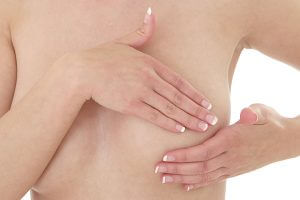Self-breast exams are important for adult women. Approximately 1-in-8 US women will develop invasive breast cancer during her lifetime. Regular breast exams can help familiarize yourself with your body and provide early detection for breast cancer in many women.
How Often to Do a Self-Breast Exam
Feel free to do a self-breast exam as often as you like. The more familiar you are with your breasts, the easier it is to recognize noticeable changes. Typically, adult women should complete a self-exam at least once a month.
Breast cancer cannot be prevented but it can be detected early and caught before it spreads. If you discover changes in your breasts, seek medical attention as soon as possible for a professional evaluation.
What to Look for During a Self-Exam
Breast cancer can look different for many women. However, some of the things you should be looking for when doing a self-exam are the following;
- A lump or hardened knot
- Thickening or discoloration of the skin
- Redness, soreness, or swelling
- Changes in the contour of the breast
- Changes in nipple color or inverted nipple
- Unusual discharge from nipple
Keep in mind, not all symptoms of breast cancer are the same. If you suspect anything out of the norm when completing a breast exam, schedule a consult and mammogram with your physician immediately.
Self-Breast Exam Techniques
Some women prefer to do a circular motion using the pads of their fingers. Start at the center of your breast using a medium-firm pressure. Be sure to cover the entire area of the breast from armpit to cleavage.
Another way to evaluate your breasts is using a top to bottom method. Again, use a medium-firm pressure to run your fingers up and down your entire breast region. Start at your collarbone and glide your fingers down to your abdomen.
Where to Complete a Self-Breast Exam
An accurate self-breast exam will require three simple steps in 2-3 positions. When done correctly a self-exam shouldn’t take more than 10 minutes of your time.
In of the Mirror: Standing in front of a mirror allows you to visually inspect your breasts. Start with your arms at your sides and look at your breasts from the left, right, and frontal positions. After you’ve completed this portion of your exam, repeat the process with your arms high above your head.
Lying Down: For the second portion of your breast exam, you’ll need to be in a lying position. Lying down is advantageous because your breast tissue is flat against your chest cavity making it easier to spot something unusual. Once you’re lying on your back, place a pillow under your right shoulder (or whichever side you’d like to examine first). Then, fold the same arm behind your head. Take the opposite hand and begin to use your preferred examination technique. After you’ve covered the entire breast area, repeat the process with your other side.
In the Shower: During the final step of your exam, you’ll need to be standing upright. Many women find it easier to complete this stage of the self-examination in the shower where the skin is wet and slippery. Once again, use a medium-firm pressure to feel for anything out of the norm on both breasts.
At this time, lightly squeeze your nipple feeling for lumps and looking for any time of discharge.
Final Thoughts
Don’t hesitate to give us a call for further guidance regarding your self-breast exam. If you’ve discovered something unusual that you want a professional to evaluate, call to schedule a consultation immediately.



